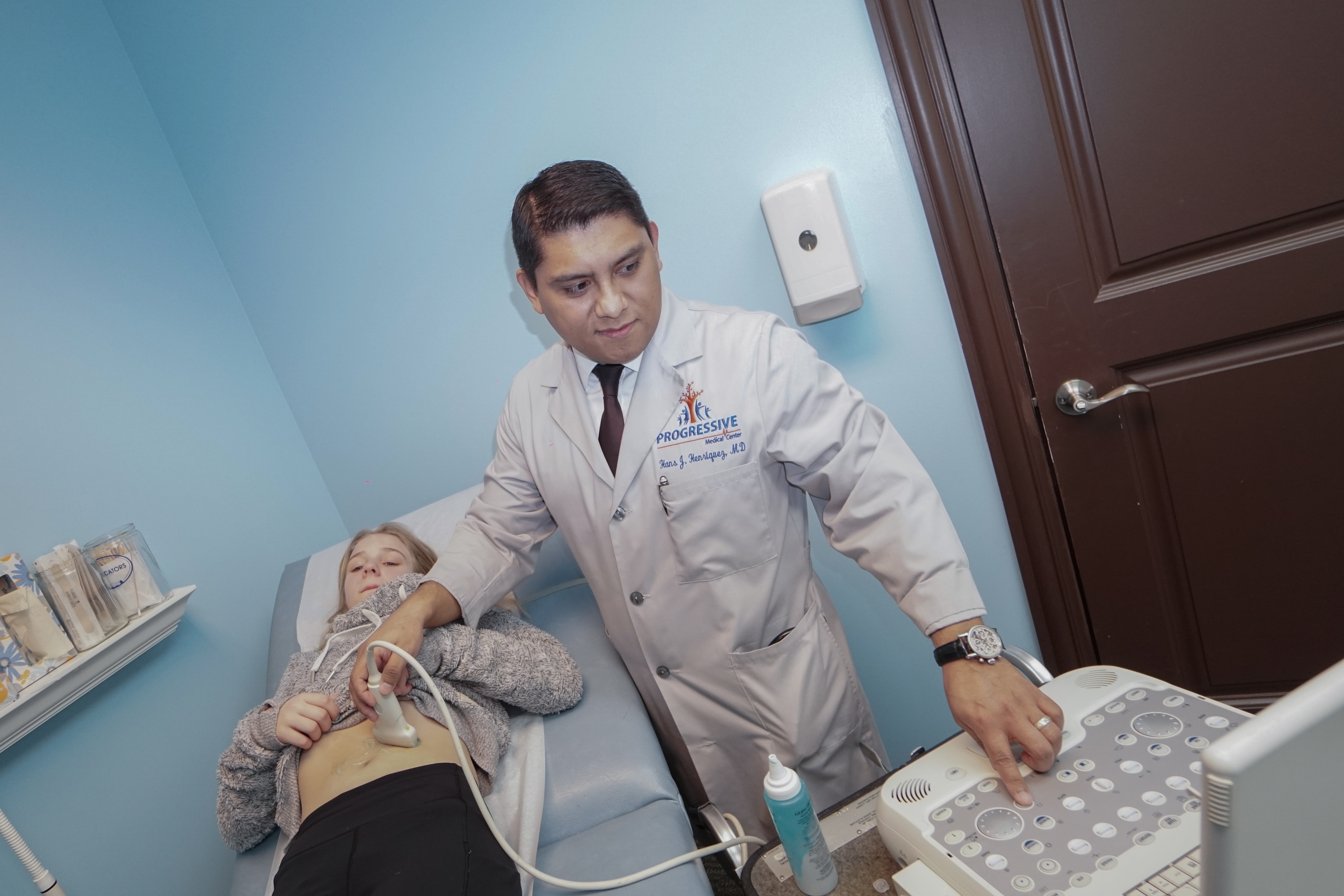Diagnostic ultrasound, also called sonography or diagnostic medical sonography, is an imaging method that uses high-frequency sound waves to produce images of structures within your body. The images can provide valuable information for diagnosing and treating a variety of diseases and conditions. Most ultrasound examinations are done using an ultrasound device outside your body, though some involve placing a device inside your body.
Why It's Done
Ultrasound is used for many reasons, including but not limited to:
- View the uterus and ovaries during pregnancy and monitor the developing baby’s health
- Diagnose gallbladder disease
- Evaluate blood flow
- Guide a needle for biopsy or tumor treatment
- Examine a breast lump
- Check your thyroid gland
- Detect genital and prostate problems
- Assess joint inflammation (synovitis)
